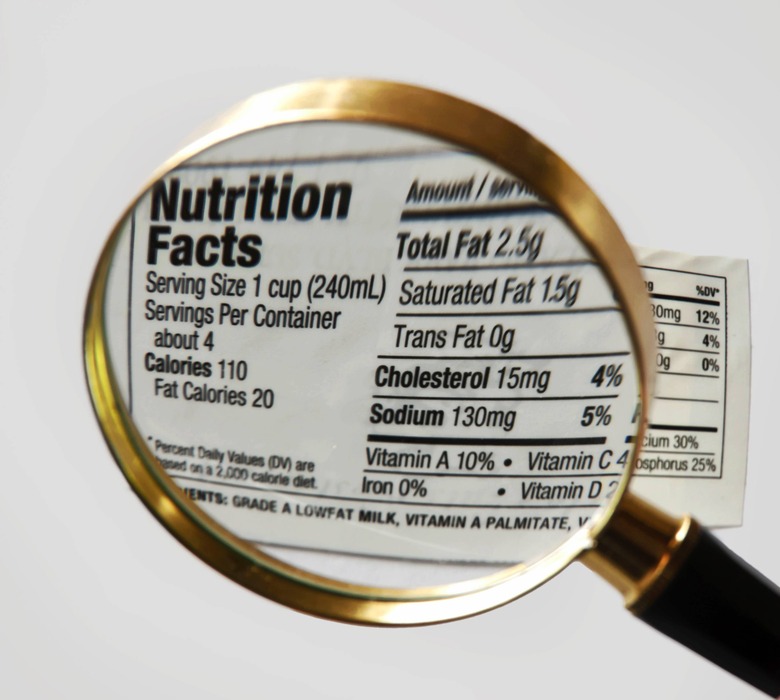Deceptive Nutrition Labels? People Buy More When Recommended Serving Sizes Are Smaller
Now we have concrete evidence in support of the FDA's proposal to overhaul the nutrition label. In addition to making calories and added sugar more prominent on labels, the new nutrition facts would also change the recommended serving size to be more realistic of American eating habits.A new study from German researchers published in the Journal of the Association for Consumer Research concluded that consumers buy more when serving sizes are smaller.
The line of thinking is that a consumer who quickly scans a nutrition label will see that a product only has 15 grams of sugar and will subsequently buy two packages, not realizing that the recommended serving size is one-third of whatever it is they just carelessly threw into your shopping cart. The data covered 61 products over the course of two years, including both healthy and unhealthy foods like yogurt and cookies.
"Smaller recommended serving sizes will let all nutrition values on the label appear smaller too, independent of the product's actual nutritional composition," says lead author Dr. Ossama Elshiewy from the University of Göttingen. "Shoppers, who read nutrition labels, tend to ignore the smaller recommended serving size and think that these products are healthier than others. The problem is that people are comparing calorie information that is not comparable."
